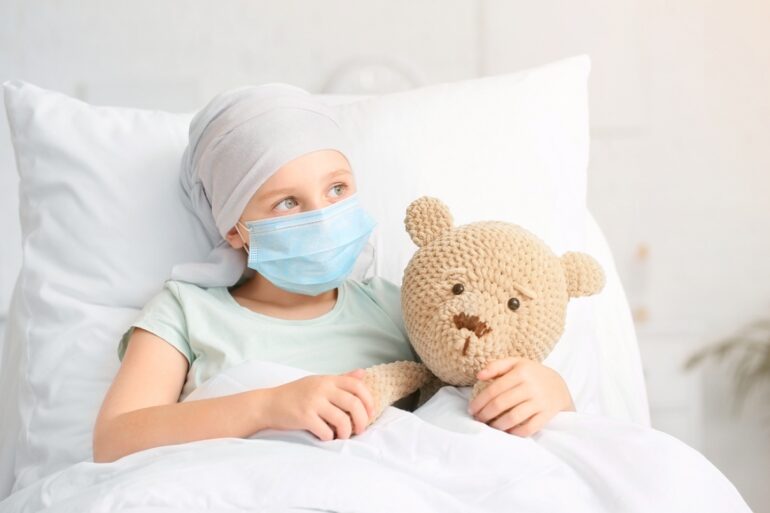In recent years, the rise in cancer cases among young children has become a cause for concern. While it’s heartbreaking to think about, understanding the factors contributing to this trend is crucial for both parents and the medical community. In this article, we’ll explore the reasons behind the increasing occurrence of cancer in young children, shedding light on the possible factors and ways to navigate this challenging reality.
Why is cancer getting more common in young children?
Changing Environmental Factors

One notable factor contributing to the uptick in childhood cancer is the changing environment. The exposure to environmental pollutants, chemicals, and carcinogens has increased over the years. From air and water pollution to the presence of harmful substances in everyday products, children today face a higher risk of exposure to potential cancer-causing agents. Being mindful of the environment in which children grow and minimizing exposure to harmful substances can play a role in addressing this concern.
Genetic Predisposition

Genetics also play a role in the rise of childhood cancer. Some children may inherit genetic mutations that predispose them to a higher risk of developing certain types of cancer. Understanding the family’s medical history and, when necessary, genetic testing can help identify potential risks early on. This knowledge allows for proactive measures, such as increased surveillance and preventive strategies, to manage and mitigate the impact of genetic factors on childhood cancer.
Lifestyle Changes

Changes in lifestyle, including dietary habits and sedentary behavior, may contribute to the increasing incidence of childhood cancer. Unhealthy eating habits and a lack of physical activity can impact a child’s overall health and immune system, potentially making them more susceptible to cancer. Encouraging a balanced diet, promoting an active lifestyle, and instilling healthy habits from a young age can contribute to reducing the risk of cancer in children.
Improved Diagnostic Techniques

Advancements in medical technology and diagnostic techniques have also played a role in the rising detection of childhood cancer. While this is a positive development in terms of early identification and treatment, it may contribute to the perception of an increase in cancer cases. Improved diagnostic capabilities enable medical professionals to detect cancers that might have gone unnoticed in the past, leading to more accurate statistics and a better understanding of the prevalence of childhood cancer.
Conclusion
In conclusion, the increase in childhood cancer cases is a complex issue influenced by a combination of environmental, genetic, and lifestyle factors. By staying informed and proactive, parents and caregivers can contribute to minimizing potential risks. Regular health check-ups, a focus on healthy living, and creating awareness about environmental factors can collectively work towards a healthier future for our children. While the rise in childhood cancer is concerning, understanding these factors empowers us to take meaningful steps towards prevention and early intervention.







